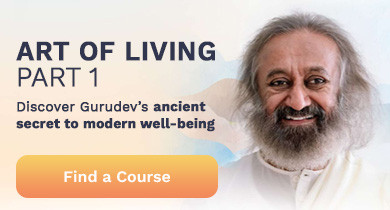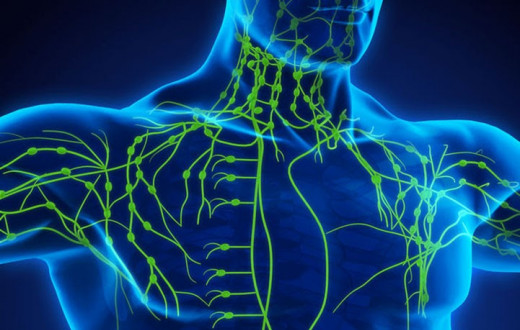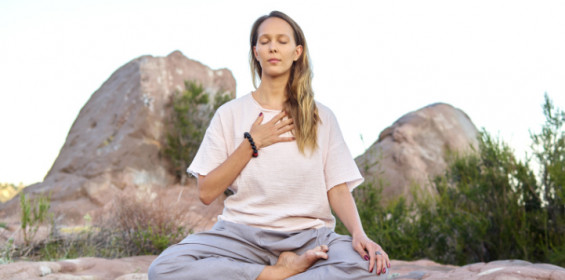
Why do a digital detox? This question can be answered with a series of questions.
Are you feeling stressed?
Does time on social media leave you feeling anxious?
Are you having difficulty falling asleep?
Do you feel frustrated and less satisfied with the quality of your life?
If you answered yes to any of these questions, a digital detox could help you feel less stressed and anxious, fall asleep more easily, and be more satisfied with your life.
Like the rock classic Fly Like an Eagle by the Steve Miller Band says, “Time keeps slippin’, slippin’, slippin’ into the future…” Let’s help you do a digital detox before you scroll away more time.
What is digital detoxing?
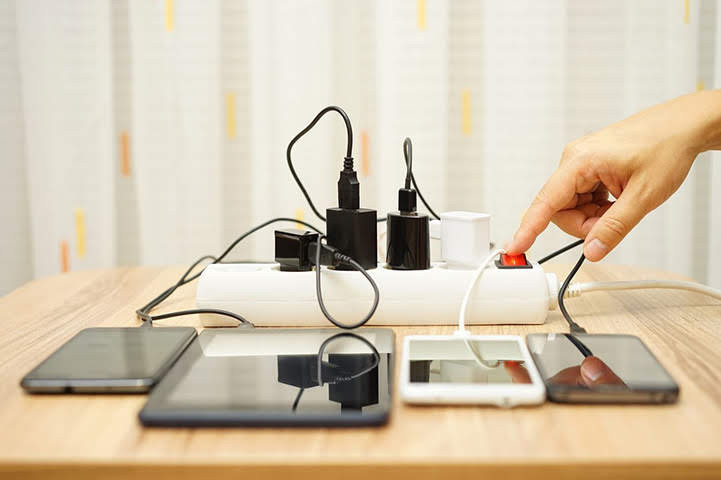
A digital detox is a period of time during which you intentionally reduce your online time on digital devices to improve your mental and physical health and overall well-being. Digital detoxification can be an effective way to regain balance in a tech-driven world and promote digital well-being as well as overall well-being. It sounds simple enough, but since screen time is addictive, we might need some support managing digital detoxification.
You can do a brief digital detox once, regularly, or do a deeper detox aimed at making a lifestyle shift, or something in between. Whether you take baby steps or giant leaps, a digital detox can significantly improve the quality of your life.
The side effects of screen time

Digital technology has many positive aspects, including increased connection (think Zoom) and access to information, as well as enhanced productivity. However, it can also lead to decreased connection, misinformation, and reduced productivity. How you use it and to what degree you use it can contribute to whether or not the good outweighs the bad.
In today’s digital age, it’s essential to mitigate the impact of screen time on our lives before its adverse effects cause irreversible damage. Here are some of the adverse side effects of too much screen time.
Physical health side effects
Eye strain and damaged vision
Assorted neck problems like ‘tech neck”
Poor sleep quality and insomnia
Headaches
Mental health side effects
Lower self-esteem
Deceased attention span
Decreased awareness of surroundings
Diminished critical thinking
Reduced productivity
Dopamine addiction
Loneliness and disconnection
Mental and emotional fatigue
Increased anxiety
Elevated blood pressure
Poor self-esteem and self-image
Depression
It’s difficult to say which of these is the most harmful, but dopamine addiction is what makes reducing screen time such a big challenge in the first place. Every time you scroll and like what you are seeing, dopamine is activated. Dopamine is a neurotransmitter responsible for the feelings of pleasure and reward. Scrolling too long on digital devices can create a reward loop that is challenging to break free from. But how long is too long? Unfortunately, there is no universal guidance here. Too much scrolling is based on individual factors.
Benefits of a digital detox

Digital detoxing can be challenging, but the benefits make the efforts worthwhile.
Positive changes in mood
Improved sleep
Reduced anxiety
More life satisfaction
Reduced risk of technology addiction
Healthier blood pressure
Increased energy and ability to focus
More connection with people and your surroundings
Better interpersonal relationships
More happiness
Assessing your relationship with technology and mental health
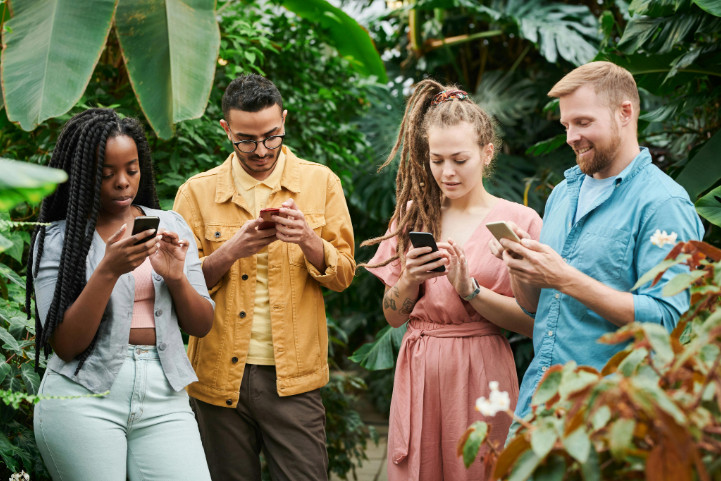
Reflecting on your relationship with your phone and how it affects your daily life can help you identify areas for improvement. Recognizing the importance of taking breaks from digital devices, such as taking a digital detox or practicing mindfulness, can help you reduce stress and improve overall well-being.
You might be surprised to learn that what feels like ten or fifteen minutes might be thirty or more minutes. Try tracking the time you spend on specific apps and social media sites. Knowing how much time and where you spend it will give you a clearer picture of where you want to make changes.
Identifying triggers for excessive phone use, such as boredom or stress, can help you develop strategies for managing these emotions in healthier ways.
Recognizing the signs of technology addiction, such as feeling anxious or irritable when unable to use your phone, can also help you gauge the severity of your screen addiction.
Preparing for a digital detox

Set clear goals for your digital detox.
Make a plan. Reducing screen time will require a different approach than improving sleep quality.
Consider notifying important people in your life that you will be taking a break from your phone. This is especially important if you plan to turn off your phone for a day or longer.
Identify supportive resources, such as friends or family, who can help you stay accountable and motivated throughout the detox process.
Keep in mind that withdrawal symptoms might derail your detox. Don’t beat yourself up over any pitfalls. Restart your detox efforts and don’t give up.
Don’t try to go cold turkey.
Use healthy distractions, such as breathwork and meditation, nature walks, visiting a friend, crafting, or gardening.
Put your digital devices out of reach and out of sight.
What happens when you do a digital detox?

As with any addiction, you could experience withdrawal symptoms. Stress, anxiety, and restlessness could actually increase before they decrease. You may need to remind yourself that temporary discomfort will ultimately pay off. Using healthy distractions and mindfulness techniques can be helpful.
Initially, you might feel lonely. Plan to volunteer or get together with friends during or before a digital detox.
You may also experience big-time FOMO, or fear of missing out, especially if you're doing a social media detox. Join a book club or other in-person discussion group to help grow connections while also feeling in touch and informed.
There’s an app for that
You’re not alone in your quest for less digital stimulation and more peace of mind. A Google search yields more than 25 apps for managing phone use. Does anyone else find it ironic that a phone app can help you use your phone less? 😉
Want a free meditation app to help you be more mindful? Check out Sattva.
Ways to do a digital detox
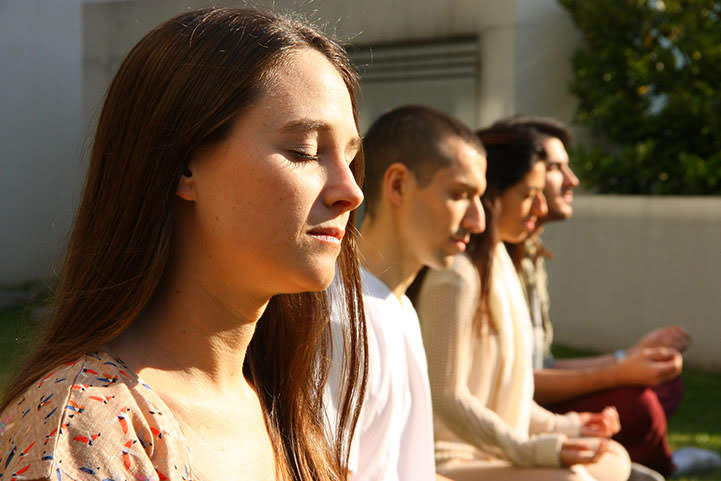
Besides using an app to manage your screen use or taking a simple DIY approach, you could also try these creative ideas to reduce digital screen use.
Go on a camping trip where there is little to no electricity or phone service.
Take a road trip with friends or family, singing and sharing stories along the way.
Plan and prepare a dinner party or special event that consumes more of your time.
Take a silent retreat.
Managing phone settings for a healthier lifestyle
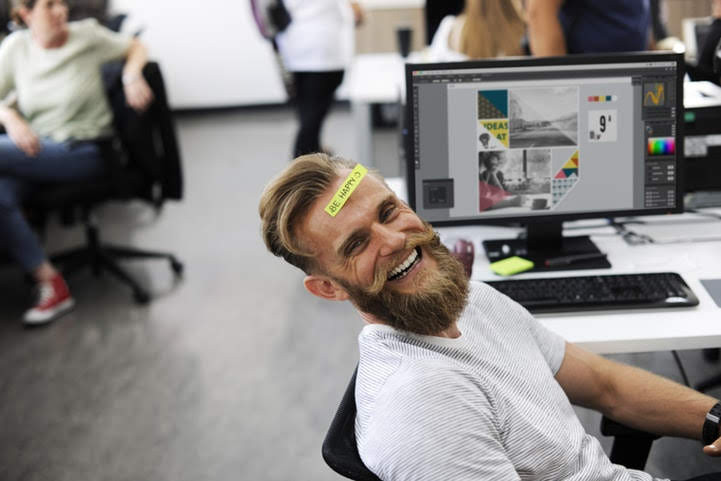
Setting limits on phone use, such as setting a daily time limit, restricting certain apps, or using website blockers can help you reduce screen time and promote healthier tech use.
Customize your phone settings to support a more balanced digital dynamic by using a “do not disturb” mode or using a blue light filter. These can help reduce distractions and improve sleep quality.
Some phones have a “digital detox” mode, which limits or blocks certain apps or features, can help you stay focused and committed to your goals.
Set regular “mute” times.
Designate device-free zones to help maintain a healthier relationship with screens.
Prioritize quality time with loved ones.
Develop strategies for managing technology use in social situations, such as by setting boundaries or taking breaks. Better yet, leave your phone in the car or your purse.
Understanding the importance of self-care, such as by prioritizing activities that promote relaxation and stress reduction, can help you maintain a healthy balance with technology.
Recognizing the value of seeking support from professionals, such as a licensed psychologist or therapist, can help you address underlying issues related to technology addiction.
Is digital clutter disturbing your peace of mind?

Another type of digital detox involves eliminating digital clutter. All those unanswered or promotional emails that need to be answered or deleted can be a subtle source of stress. Digital house cleaning could help reduce feelings of being overwhelmed and stressed. It’s also a productive screen use. So answer those emails, delete those promotional emails, and sort those photos!
The art of relaxation

If doing a digital detox is just too challenging, try approaching screen addiction a different way. Breathwork and meditation are excellent tools for managing stress and maintaining a more relaxed state of mind. If we are already relaxed, we are less likely to reach for our phones for that dopamine fix.
SKY Breath Meditation is an excellent self-care tool that yields plenty of benefits. Here are some of the benefits reported by both practitioners and researchers.
21% increase in life satisfaction
60% reduction in stress hormones
Reduced addictive behaviors
Greater mental focus
Improved interpersonal relationships
Healthier blood pressure
Enhanced deep sleep
Increased self-esteem and joy
Whether you use SKY as an adjunct to your digital detox or as a standalone tool for a happier and more relaxed you, a SKY practice is one of the best things you can learn to master the art of relaxation.
Register to learn SKY on the Art of Living Part 1 course today!

